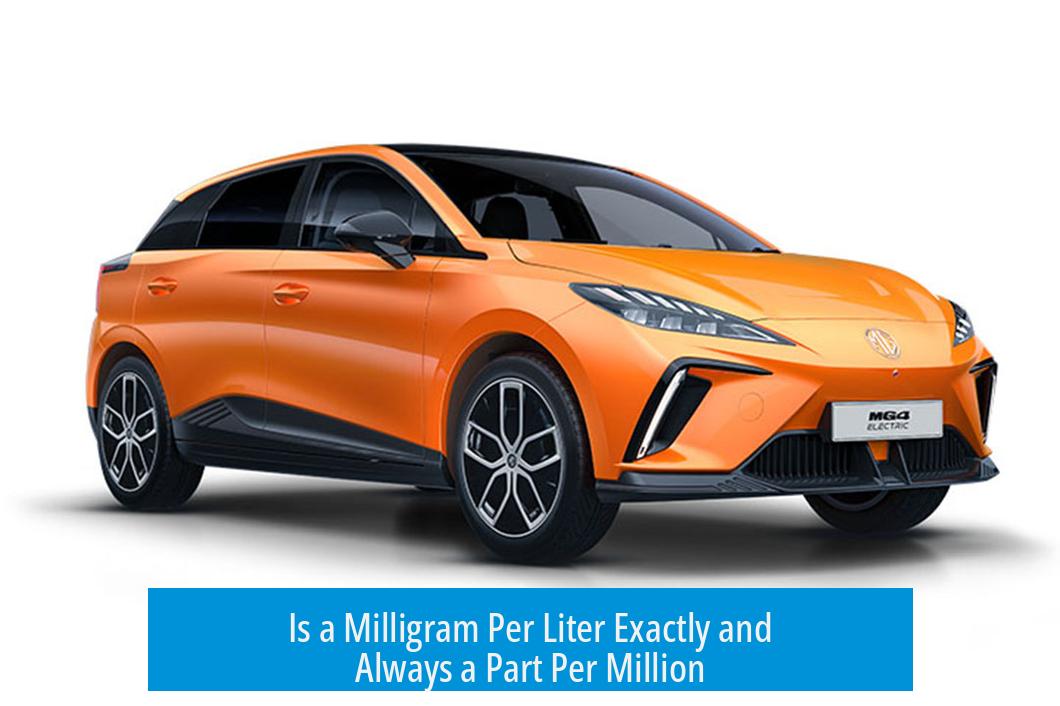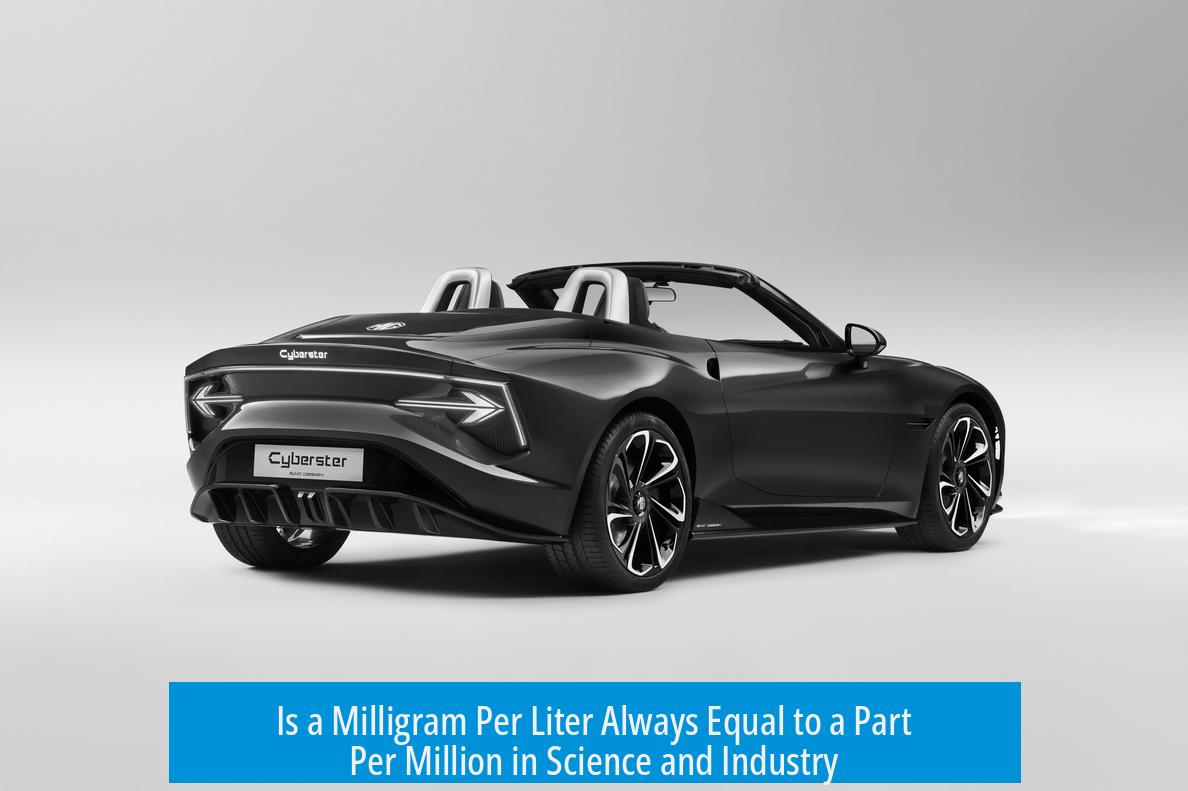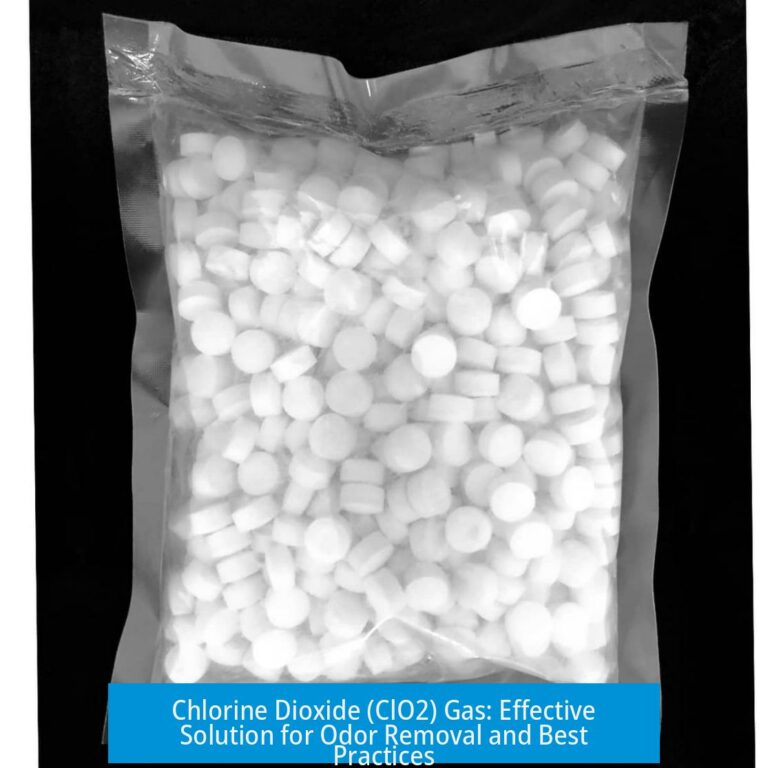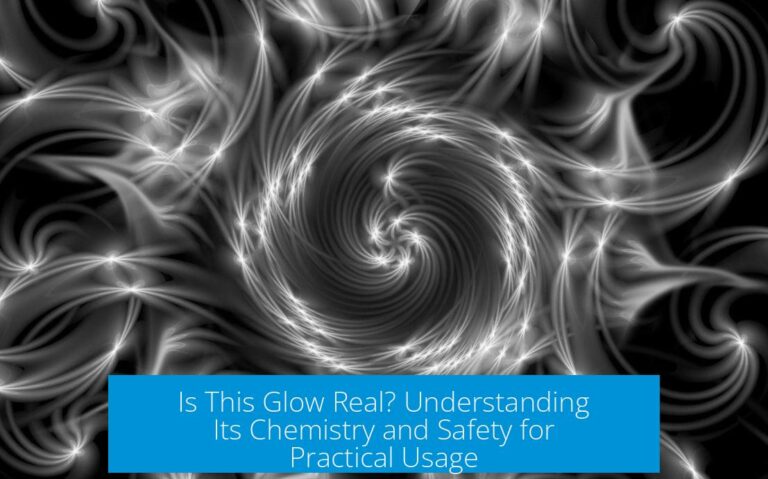Is a Milligram Per Liter Exactly and Always a Part Per Million?

A milligram per liter (mg/L) is not exactly and always equal to a part per million (ppm); this equivalence applies primarily to aqueous solutions where water’s density is approximately 1 kilogram per liter. Outside such cases, the equivalency is a convenient approximation rather than a strict equality.
Understanding mg/L and ppm
Milligram per liter and parts per million are units used to express very dilute concentrations of substances in solutions or mixtures. Both units relate mass to volume or mass but measure concentration differently.
- mg/L measures milligrams of solute per liter of solution.
- ppm traditionally measures parts of substance per million parts of total, commonly defined as mass per mass (mg/kg) or volume per volume (mL/m3).
The difference in dimension between mg/L (mass/volume) and ppm (mass/mass or volume/volume) is critical for understanding when these units are interchangeable.
The Exact Equivalency Case: Pure Water
Water near room temperature has a density very close to 1 kilogram per liter (kg/L). Since:
| Quantity | Value |
|---|---|
| 1 liter (L) of water | approximately 1 kilogram (kg) |
| 1 kilogram (kg) | 1,000,000 milligrams (mg) |
it follows that 1 mg per liter equals 1 mg per kilogram. This ratio becomes exactly 1 part per million, since 1 ppm = 1 mg per kg. The equivalence holds with pure water or solutions very close in density to water.
In practice, water treatment industries and environmental sciences frequently adopt mg/L and ppm as interchangeable units for aqueous solutions because the approximation is accurate and convenient.
Why This Equivalence Is Colloquial and Not Universal
The equivalence depends entirely on the solvent or medium’s density. Where the density deviates from 1 kg/L, mg/L and ppm no longer align.
- Non-Aqueous Solvents: For solvents like dichloromethane with a density of about 1.3 kg/L, 1 mg/L corresponds to approximately 0.8 ppm. This is because the mass of one liter is not 1 kg but 1.3 kg.
- Gases: Gaseous densities vary widely with temperature and pressure. Using mg/L as ppm is inappropriate here.
Consequently, for solutions in different solvents or gases, mg/L is a concentration by mass per volume, and ppm is strictly mass per mass or volume per volume, causing numerical differences.
The Scientific Definition of ppm
Part per million (ppm) is a dimensionless measure analogous to percent but scaled for one million parts:
1% = 10,000 ppm
and it is most accurately used for ratios of like quantities:
- Mass/mass (mg/kg)
- Volume/volume (mL/L)
- Number/number (molecules per million molecules)
In chemistry and engineering, ppm should reflect the same physical property in numerator and denominator to be meaningful. Weight/weight ppm is most common for solids and water, while volume/volume is used for gases.
Industry Practices and Conventions
Despite technical definitions, industries such as municipal water treatment adopt the mg/L ≈ ppm equivalency by convention.
- Water industry professionals assume the sample is close enough to pure water for mg/L to represent ppm.
- This simplifies communication and reporting, especially when concentration levels are low.
- Such usage is understood to be an accepted approximation and for practical purposes only.
Industry specialists acknowledge that the unit correspondence is not strictly correct but adopt it pragmatically since the resulting errors are minimal for most environmental and regulatory contexts.
Common Confusions Surrounding ppm
Misinterpretations of ppm often arise:
- Some individuals mistake ppm as a measure based on molecular or atomic counts, for example, “1 atom in 1 million atoms,” which is more properly parts per million by number.
- Others misunderstand ppm to imply uniform concentration equivalence across substances, ignoring molecular weight differences and the basis of measurement (mass or molar).
- Assuming 1 ppm of substance X equals 1 ppm of substance Y concentration effects is incorrect due to varying chemical and physical properties.
Importance of Accurate Unit Use in Regulation and Science
For routine water quality monitoring, approximating ppm by mg/L works well due to water’s density. However, where contaminant concentrations approach regulatory limits, exact definitions matter:
- Environmental standards might specify limits in ppm (mass/mass) or mg/L (mass/volume).
- Differences become significant depending on sample temperature, composition, or solvent.
- Clarifying units and sample conditions can help avoid misunderstandings during compliance testing.
Summary of Key Points
- mg/L equals ppm only when density is 1 kg/L, as in pure water.
- For solvents or gases with different densities, mg/L does not exactly equal ppm.
- ppm is properly a dimensionless ratio of mass/mass, volume/volume, or number/number.
- Industries often treat mg/L and ppm interchangeably by convention in aqueous solutions.
- Misuse or confusion of ppm units can mislead about concentration equivalences.
- Careful unit use is essential near regulatory limits and in different media.





Leave a Comment